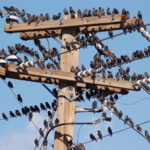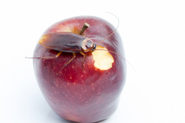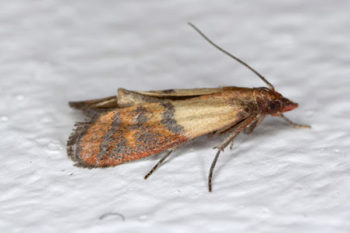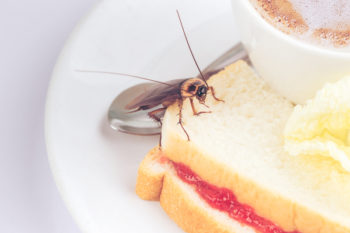Food Safety – Pest-free product
The damage pests can do to a food processing company’s products, reputation and bottom line cannot be simply dismissed as the cost of doing business. With the threat of possible food contamination and transmission of dangerous bacteria including E. coli, listeria or salmonella, pest management is a vital part of a food processing facility’s operation.
The most important item on a food processing facility’s checklist is successfully passing a third-party audit of your facility. If a facility fails an audit it can mean production shut downs, possible product recalls, fines and citations, damage to the brand, and lost revenue.
What are the missteps that cause facilities to be written up or fail an audit? The British Retail Consortium (BRC), a food safety and quality certification program, audited more than 17,000 facilities and identified the most common failing as documentation.
Almost 20% of the sites audited in 2014 by BRC had nonconformities in documentation of cleaning procedures. The other top 10 infractions and the percentage of plants with deficiencies are as follows:
- Documentation of cleaning procedures (18%)
- Properly maintained doors & docks (14%)
- Processes for control of chemicals (12%)
- Proper design & placement of equipment (12%)
- Documented glass/brittle material handling (12%)
- Adequate raw-material identification (11%)
- Proper wall maintenance (10%)
- Up-to-date document control system (10%)
- Properly maintained ceilings & overheads (9%)
- Proper storage of finished goods (9%)
As the BRC study revealed documentation is the most common deficiency leading to a failed audit. The documentation provided by a pest management professional will be closely scrutinized by regulators and auditors.
If there is a pest incident or failure the documentation needs to show that the facility and their pest management partner did everything in their power to prevent it and that the failure has been acted upon and the desired results (i.e. pest elimination) achieved.
Clients are fully responsible for the pest management program within their facilities and part of that responsibility is documentation.
Food Safety Modernization Act requirements demand a pro-active approach to pest management in food processing facilities. The documentation must produce the following trail of information for auditors and inspectors:
- Show that a pest management program is in place to intervene and eliminate pest threats.
- Describe what the pest issue was and what the response was to the issue.
- Document the effectiveness of the response.
- Document that the risk to the facility has been mitigated.
Well organized documentation will provide clients, auditors or inspectors a clear view of where the pest management program stands at any time.
Griffin Pest Solutions experienced, well-versed staff knows what documentation inspectors and auditors need and in what order they want to see it. This not only helps inspections and audits go smoother but also gives clients 24/7 peace of mind that their pest management program is working for them, not against them.
If you have questions or concerns about third-party audit inspections call or e-mail Griffin Pest Solutions at 888/547-4334 or callcenter@https://www.griffinpest.com/ for more information and no obligation assessment.




